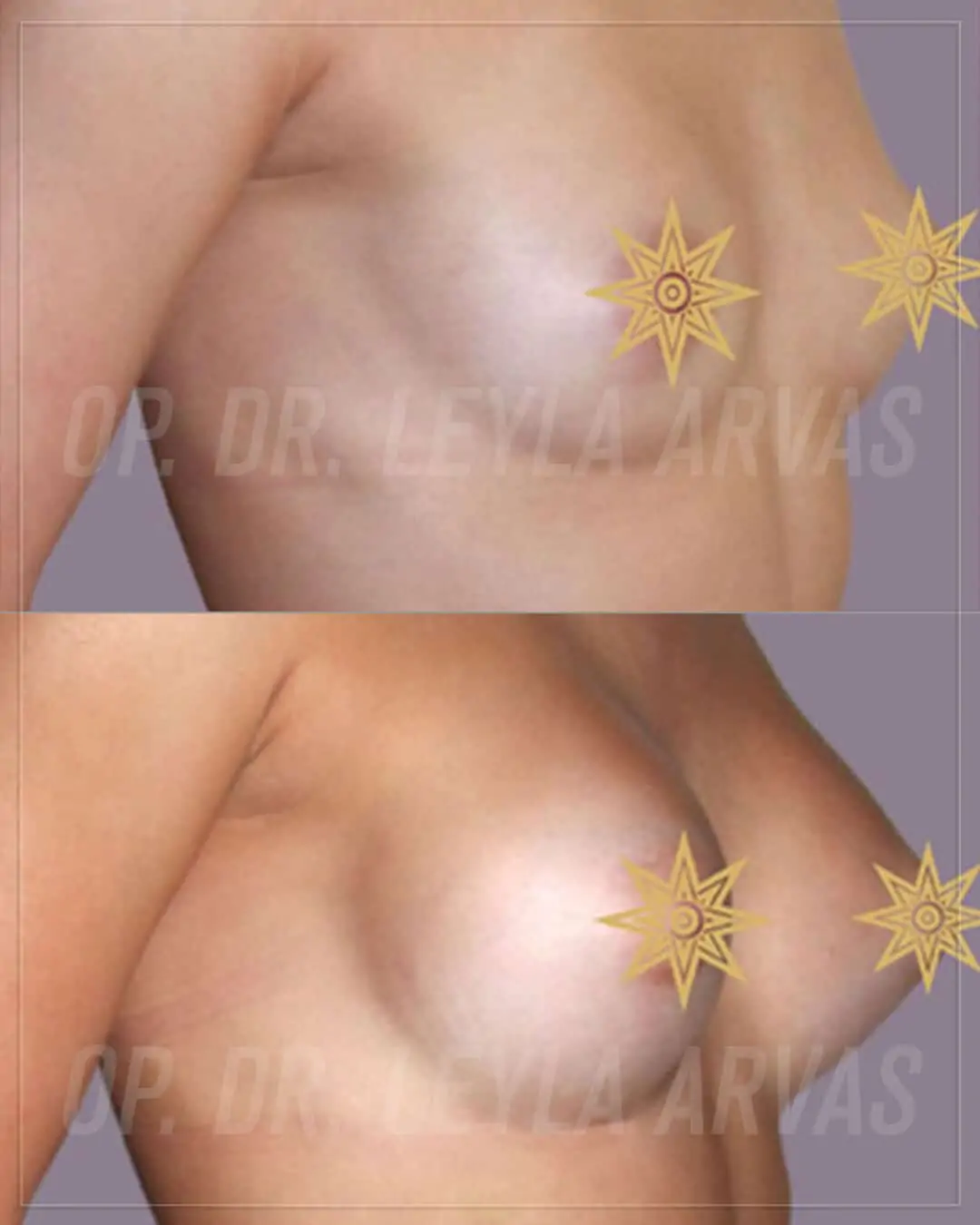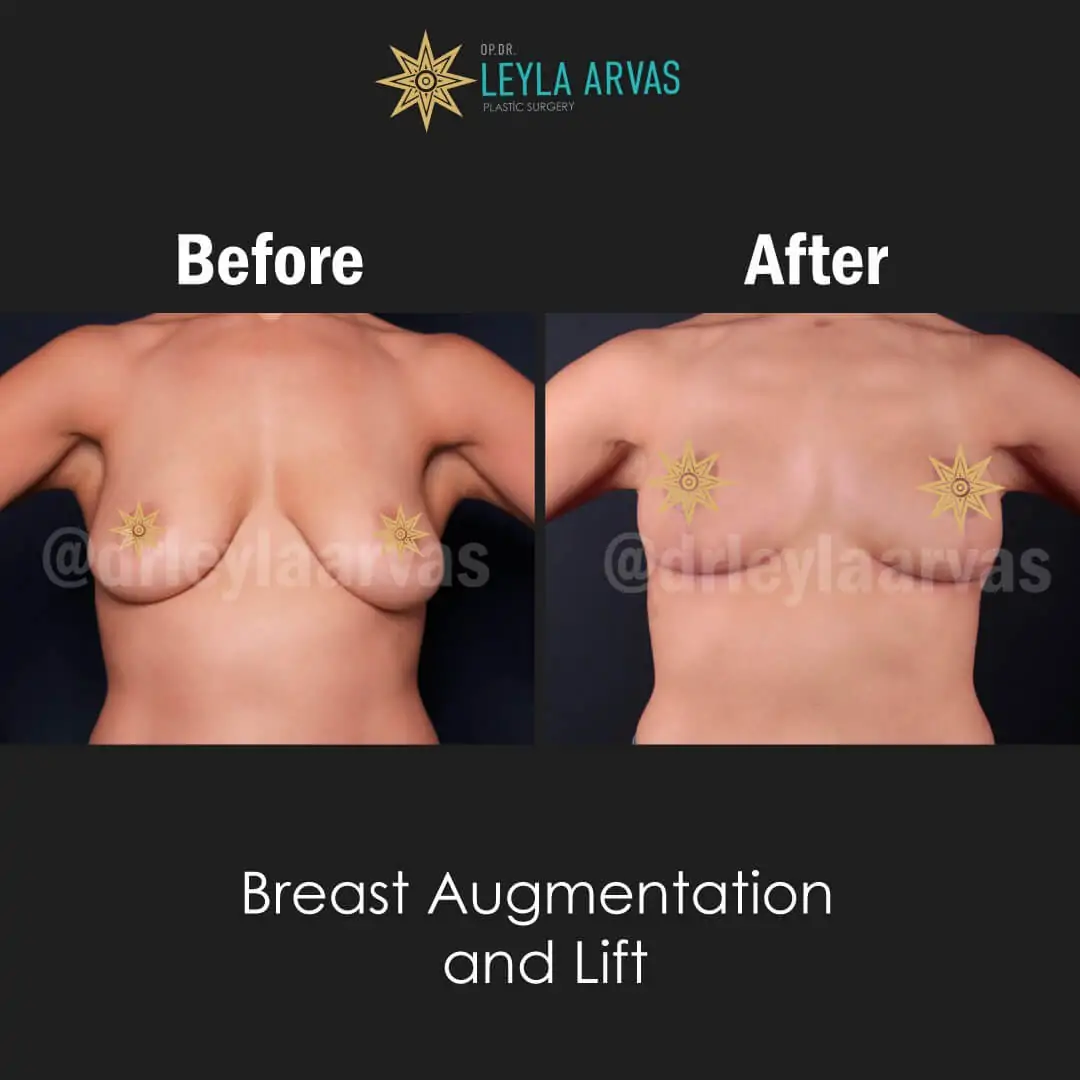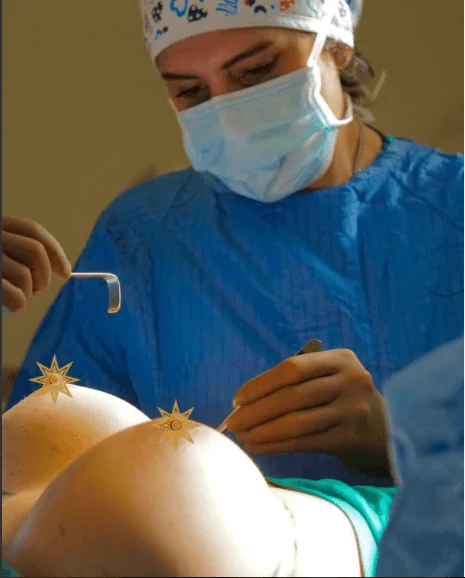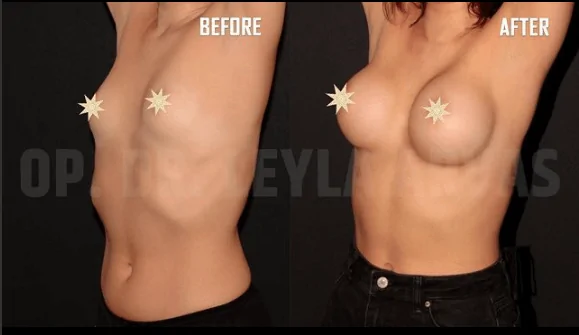Breast augmentation is a surgery which aims to increase breast size as well as correct uneven breast after pregnancy or other conditions such as weight loss.
It could be performed when a woman reaches her late teens or early 20s. For many women who are considering breast augmentation, breast size is an important part of feeling feminine, vital, confident, and healthy.
Breast augmentation surgery is an exciting way to increase breast fullness, improve breast symmetry, and rejuvenate the appearance of your breasts. Surgeon is a recognized expert in the field of cosmetic breast surgery and, more specifically, for the best breast augmentation result.
Surgeon breast augmentation patients come from a wide age range and choose to have breast augmentation surgery for different reasons. Some breast augmentation patients may choose to increase their breast size to create balance with the rest of their body.
Other breast augmentation patients may choose to do so due to changes to their breast from aging, pregnancy and or breastfeeding to regain the fullness and youthful shape their breasts once had.
For these women, the combination of breast implants and a breast lift will fully rejuvenate the appearance of the breasts.
How Does Breast Augmentation Surgery Perform?
 The operation is performed under general anesthesia and takes an average of 50-60 minutes for both breasts.
The operation is performed under general anesthesia and takes an average of 50-60 minutes for both breasts.
It involves placing breast implants underneath the pectoral muscle or behind the breast tissues. Breast implants range in size between 150cc to 800cc or even larger.
The inserting method depends on the type of implant and degree of desired enlargement. The surgeon will decide the most effective and convenient technique for the patient.
With any cosmetic procedure, patient safety and education for breast augmentation surgery is critical.
The advantages and disadvantages of breast augmentation along with the different types of implants, incision location and pocket positions will be reviewed during your comprehensive consultation by the surgeon.
There are different incision techniques to be chosen during the operation, some of which are Periareolar Incision, Inframammary Incision, and Transaxillary Incision. The surgeon and the patient will discuss which incision is appropriate for the patient.
It is important to acknowledge and understand that breast augmentation is not a breast lift technique. Breast lift technique is preferred to correct sagging breasts however, breast augmentation is a method that aims to enlarge the breast with implants.
SCAR PLACEMENT
Breast implants can be inserted through three types of incisions. During your breast augmentation consultation, surgeons’ review the different incision locations along with their relative advantages.
Inframammary: this scar location for breast augmentation is just above the crease under your breast. This approach helps to hide the scar under the breast, and minimizes potential effects on later breastfeeding. This incision is extremely versatile and can be used for all implant types and sizes. The length of the scar will vary depending on the size and type of implant you chose.
Periareolar: this scar location for breast augmentation is around the edge of the areola. The length of the scar will depend on the size and type of implant you chose. Some women have areolas that are quite small, and these women may not be able to choose this approach. This incision can also be used to combine a breast augmentation with a breast lift. Because this incision requires dissection through the middle of the breast tissue, it may affect the ability to breastfeed in the future.
Transaxillary: this incision for breast augmentation is located in the armpit. The main advantage is that there is no scar on the breast itself. This incision is mostly used for saline implants, and is usually used with implant placement under the chest wall muscle “subpectoral”.
OVER VS. UNDER THE MUSCLE:
 The ideal pocket position for you will depend on several important factors, including your current breast size, breast shape, and breast position.
The ideal pocket position for you will depend on several important factors, including your current breast size, breast shape, and breast position.
As a breast augmentation expert surgeon will work with you to help guide you through the decision making process for your exciting breast augmentation procedure.
Subpectoral: This placement is made under the chest wall muscle called ‘subpectoral’, on top of the muscle called ‘subglandular’, or a combination of the two called ‘dual plane’.
Below is a review of these positions and their relative advantages. Subpectoral position under the muscle provides the maximum soft tissue coverage over your breast implant.
This position works well for women who have very little of their own natural breast tissue. By placing the implant behind the muscle, the surgeon is better able to camouflage the edges and surface of the breast implant.
This implant position does not work well in women who have developed drooping called ‘ptosis’ of the breast, unless they are undergoing a breast lift as well. Otherwise the breast tissue will sit lower than the implant, compromising the aesthetic harmony of the breast.
Subglandular: This position on top of the muscle works well for women who already have enough breast tissue to camouflage the implant. In general, a 2cm thickness of natural breast tissue is enough to camouflage an average sized implant. The subglandular position also works well for women who have started to have a small amount of ptosis “sagging” in their breasts.
The implant is placed directly behind the natural breast tissue ensuring the breast tissue and implant position are in harmony. This technique allows for effective filling-out of the lower pole of the breast.
Can I Breastfeed After Surgery?
Since breast implants are placed behind the milk glands or under the chest muscles, it does not affect milk ducts therefore, most women who have had breast augmentation techniques are able to breastfeed.
The recovery period
 After your breast augmentation surgery, a friend or relative will need to pick you up and stay with you at home for 24 hours.
After your breast augmentation surgery, a friend or relative will need to pick you up and stay with you at home for 24 hours.
You should plan to take a week off after your surgery, limiting your activities to staying home, watching TV or reading books.
This important time of rest will allow your body to devote its energy to the healing process.
It can be of great benefit to make arrangements in advance with a friend or family member for help with activities such as driving.
If you are currently looking after small children, plan for an alternative childcare arrangement during this week to help limit the time you will need to spend on your feet.
We understand it can be hard to stop completely, but staying quiet in the first week actually speeds healing and helps achieve the best results from the surgery.
About two weeks after your surgery you can start to exercise gently: walking and stairmaster is allowed, but no upper body workouts, running or high-impact workouts should be done for one month.
Could Silicones be Removed After a Certain Time?
The life of breast silicone is known as 15-20 years. Theoretically, the life of the breast silicone is as long as the life of humans, however, if the patient is not satisfied with the silicone and would like to remove it, they could get them removed by surgical intervention.
How Much Breast Augmentation Surgery Cost?
For Ministry of Health-accredited centers, it is not legal to specify prices on their website. Therefore, please dial +905442684433 to contact my assistant and get information about breast augmentation prices.


